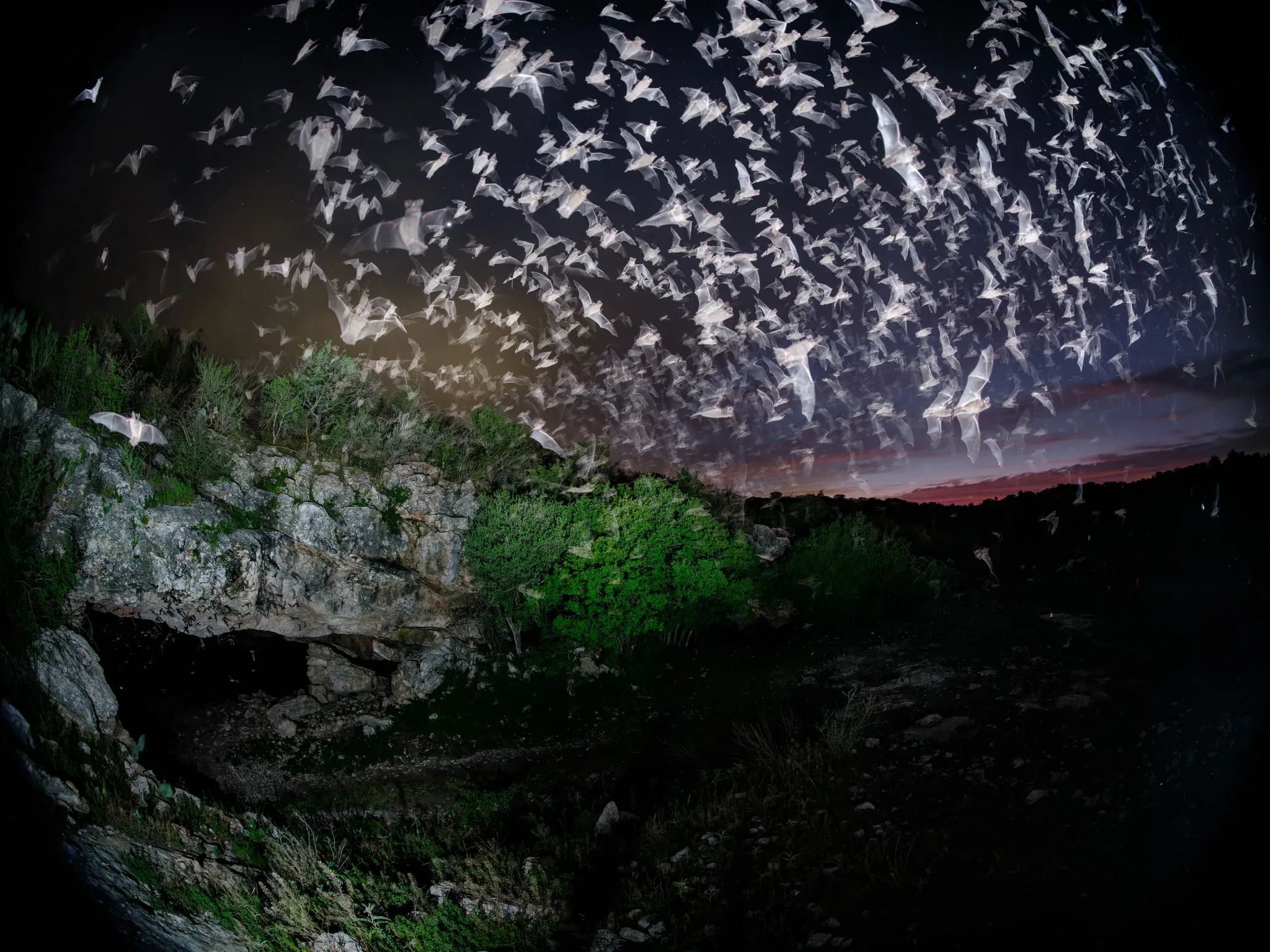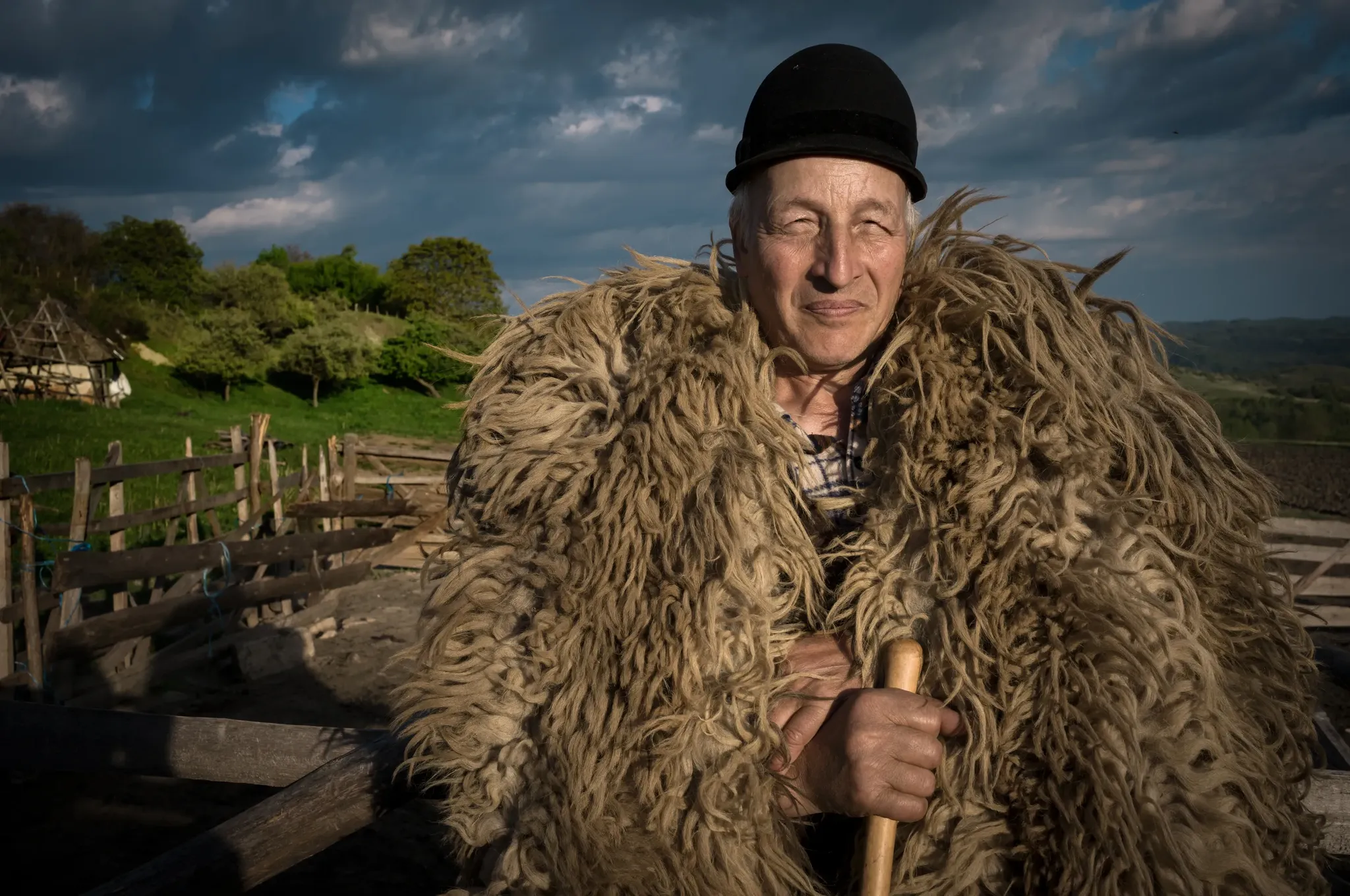- going up one scale of swarm intelligence is animals and animal groups that are made of the cells. Yuemin has made an interesting connection of animal sensory network and information, to Daisuke Harashima’s work “The Aesthetics of Planetary Knowledge for AI Art and Living Beings,” which examines how Xu Yu’s concept of “technodiversity” reframes our understanding of technology. This perspective asks how we might integrate moral values and human considerations into tool creation. A key aspect of this work involves recognizing and interpreting information exchange in other species, including experimental concepts like designing computers that incorporate plants and animals (referencing James Bridle’s “Server Farm” project). These ideas share significant conceptual overlap with research on sensory networks and information transfer in animal groups.
- I watched interviews with physicist Bill Bialek that talked about how mathematical formulas using scaling principles can predict natural phenomena and inform design choices. The increasing availability of drone footage provides new data sources to analyze what animals perceive and how they navigate their environments throughout seasonal changes.
- The theoretical foundation of this field has developed significantly over the past few decades, starting with seminal papers in the mid-1990s that established basic principles of collective behavior.
- 1995 https://journals.aps.org/prl/abstract/10.1103/PhysRevLett.75.1226
- 1998 https://journals.aps.org/pre/abstract/10.1103/PhysRevE.58.4828
- 2005 Effective leadership and decision-making in animal groups on the move
- 2009 https://www.pnas.org/doi/full/10.1073/pnas.0711437105
- https://arxiv.org/abs/2208.09461
- 2021 https://www.nature.com/articles/s42005-021-00708-y
- Visual sensory networks and effective information transfer in animal groups
- https://journals.aps.org/prl/abstract/10.1103/PhysRevLett.132.048401
- https://besjournals.onlinelibrary.wiley.com/doi/10.1111/2041-210X.14460:R package for analyzing video footage for individual metric (heading, nearest neighbor distance), group metric (polarisation, shape, and speed)
- What about the real-world swarms?
- The above theoretical frameworks help us understand real-world phenomena across multiple scales. For example, in Florida, manatees face challenges from non-native armored catfish, demonstrating unexpected animal interactions that can be analyzed using these models (https://www.orlandosentinel.com/2019/04/03/manatees-face-new-challenge-in-florida-from-harassing-non-native-armored-catfish/).
- The Bhamla Lab has developed methods for “Controlling Noisy Herds,” applying principles of group dynamics to practical problems (https://bhamla.gatech.edu/project-blog/sheepdog). This research connects to recent work published in Science Robotics (https://www.science.org/doi/10.1126/scirobotics.ado5566) that explores technological applications of collective behavior principles.
- Ujeza sent me the National Geographic photos of the year which gave me rich rich examples of how humans really live with animals. https://www.nationalgeographic.com/photography/graphics/pictures-of-the-year-2024
- Concan, Texas. Frio Bat Cave in southern Texas is the spring and summer home of approximately 10 million Mexican free-tailed bats. Most nights around sunset, bats fly out in a coordinated stream to feed primarily on moths. “You think maybe it’ll finish in 10 minutes,” Babak Tafreshi says, but their takeoff “continues for two hours.”

- Coceneşti, Romania. Intimately familiar with the land his family has worked for a century, Constantin Dăncilă, in a traditional sheepskin coat, has seen significant changes in the environment, prompting him to adapt his farming practices. With less snow in winter to supply streams, grass in the valley has become scarce, so he drives his flock higher into the alpine meadows.

- on the humanist front…
- The philosophical underpinnings of this research connect to Maturana and Varela’s work on autopoiesis in “Autopoiesis and Cognition: The Realization of the Living” (https://monoskop.org/images/3/35/Maturana_Humberto_Varela_Francisco_Autopoiesis_and_Congition_The_Realization_of_the_Living.pdf). I share two questions with Maturana: “What is the organization of living or soon-to-be-dead systems?” and “How do sensory experiences arise?” Emergence and autopoiesis theories differ in that the latter emphasize interaction between levels and autonomy — I wondered how one might quantify these interactions?
- The relationship between humans and animal groups has deep historical roots, as explored in Cambridge University Press’s examination of “Hunters, Pastoralists, and Ranchers” (https://www.cambridge.org/core/books/hunters-pastoralists-and-ranchers/taming-herding-and-breeding/BF65A93B97223C2C0FCD97410F200E4A). This work challenges conventional distinctions between domesticated and wild animals, arguing that the difference between hunting and pastoralism lies not in the animals’ characteristics but in the productive relationships linking animals and humans. The author distinguishes three forms of human-animal interaction: taming, herding, and breeding. Each interaction type doesn’t necessarily imply the others and may even preclude them. Only selective breeding can intentionally alter inherited traits in irreversible ways. Tame animals may be “domestic” as members of human households without being morphologically “domesticated,” while selectively bred animals may run wild in ranching systems. The herds managed by pastoralists need be neither “domestic” nor “domesticated.”
"Taming, herding and breeding"
It is usual to assert that pastoralists exploit ‘domesticated’ animals, whereas hunters exploit ‘wild’ ones. According to one orthodox definition, ‘pastoral peoples are those who are dependent chiefly on their herds of domesticated stock for subsistence’ (Krader 1959:499; see also Salzman 1971, Spooner 1971). It is moreover assumed that ‘domestication’ involves some recognizable morphological modification of the exploited species away from its wild prototype. I intend to show in this chapter that the difference between hunting and pastoralism lies not in the particular characteristics of the animals themselves, but in the productive relations that link animals and men. For this purpose I find it necessary to distinguish three forms of man–animal interaction, which I shall designate as taming, herding and breeding. Each does not necessarily imply, and may even preclude, the other. Only selective breeding can alter the inherited traits of an animal population in intended, irreversible ways. Tame animals may be ‘domestic’, in the sense of their incorporation as members of human households, but need not be morphologically ‘domesticated’. Conversely, selectively bred animals may run wild, as in emergent ranching systems, while the herds of pastoralists need be neither ‘domestic’ nor ‘domesticated’. It will not do to refer to such combinations as states of ‘semi-domestication’, for the implication that they are in the process of evolution towards ‘full’ domestication is not always warranted.
- on the engineering front
- If you want to play with talking to cells by computers, Dynamicland’s “Improvising Cellular Playgrounds in Realtalk” (https://dynamicland.org/2023/Improvising_cellular_playgrounds_in_Realtalk/) offers interactive experiences with cellular systems. BioSimulators (https://biosimulators.org/) provides computational tools for simulating biological systems. For a comprehensive review of recent developments, the Annual Review of Condensed Matter Physics offers detailed analysis (https://www.annualreviews.org/content/journals/10.1146/annurev-conmatphys-040821-113439).